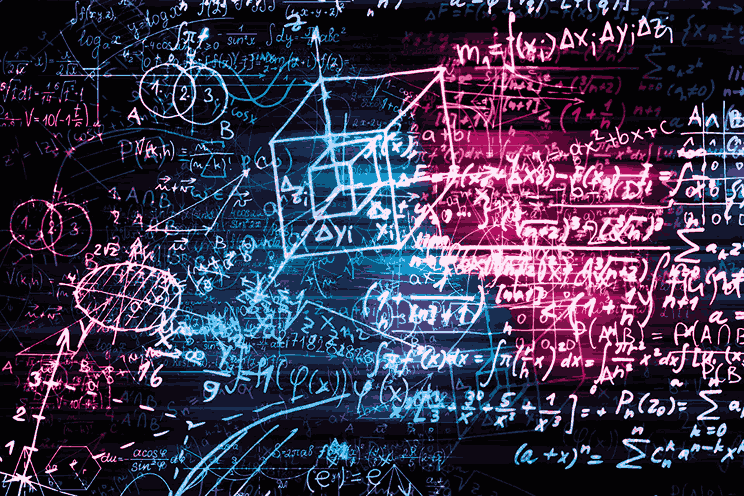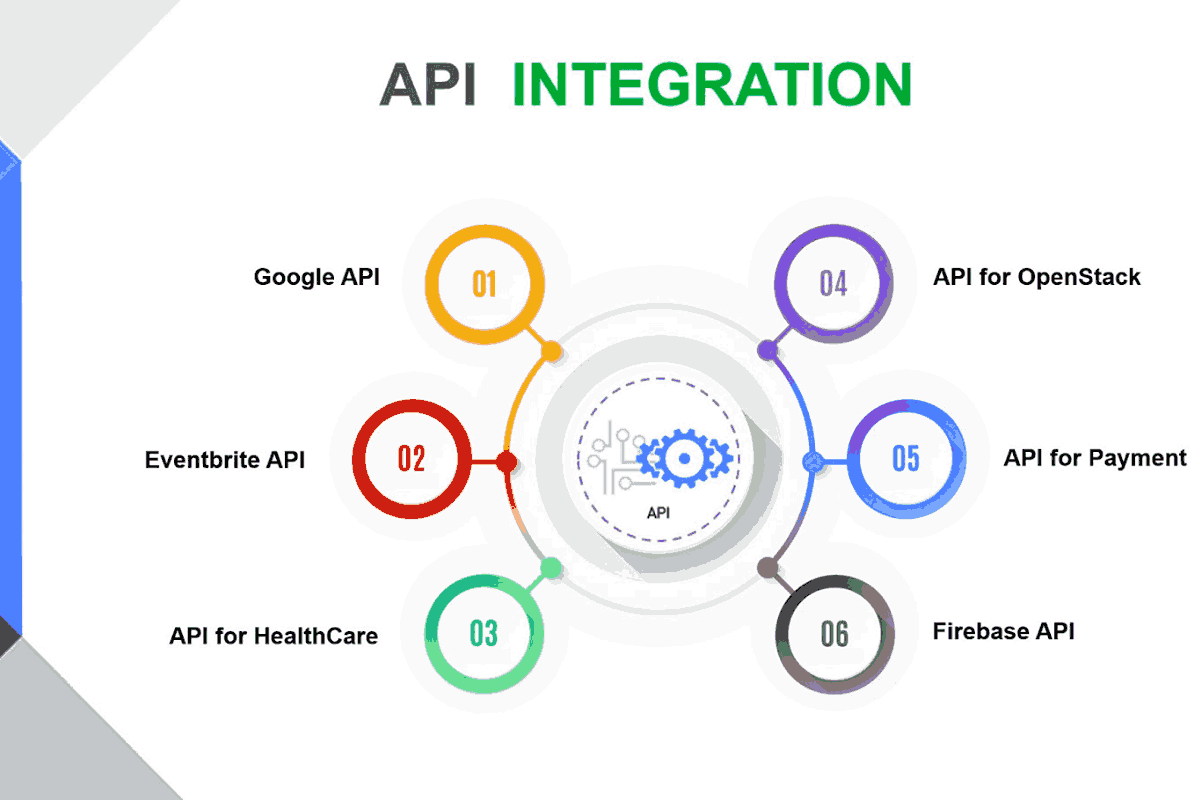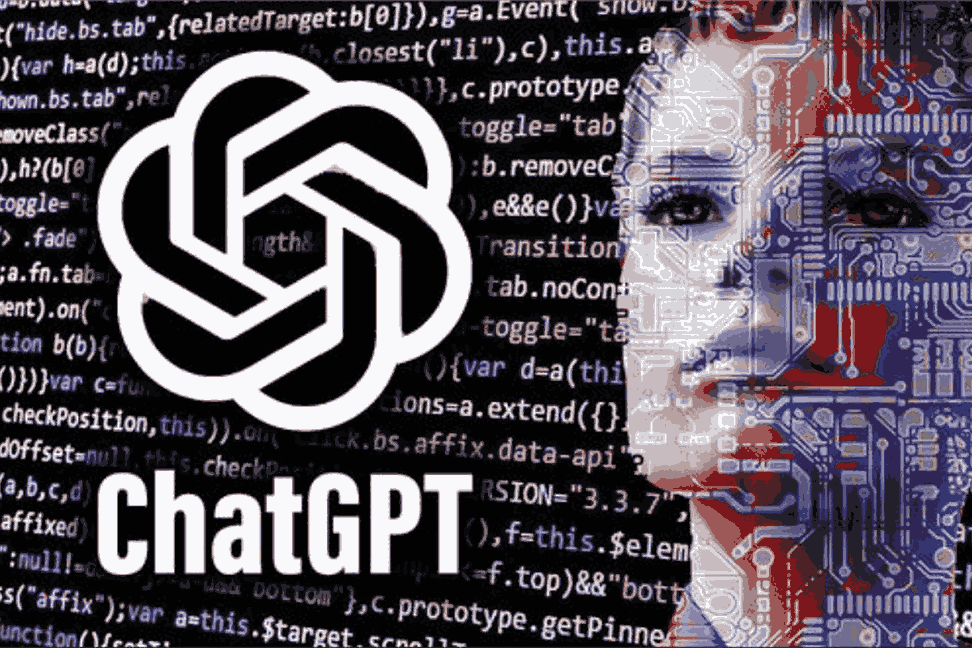
Cryptography fundamentally converts understandable information (plaintext) into a scrambled, unreadable form (ciphertext) and can also reverse this process back to the original data.
Whether protecting online transactions, securing emails, or enabling private messaging, cryptography relies on complex mathematical principles to keep data safe from unauthorized access. Understanding the math behind these techniques is crucial for anyone interested in cybersecurity, software development, or digital privacy.
Why Math Matters in Cryptography?
The essence of cryptography lies in converting clear, understandable information into a coded form that cannot be read (ciphertext), and then converting it back to its original readable state (plaintext). This transformation depends on algorithms built on mathematical concepts that ensure only authorized parties can reverse the process. Without strong mathematical foundations, encryption would be vulnerable to attacks and easy to break.
Key Mathematical Concepts Used
Several branches of mathematics are essential for cryptographic systems:
-
Number Theory: This area studies properties of integers, especially prime numbers, divisibility, and modular arithmetic. Many encryption algorithms, such as RSA, rely on the difficulty of factoring large prime numbers, which provides security.
-
Modular Arithmetic: Sometimes called “clock arithmetic,” this involves computations where numbers wrap around after reaching a certain value (the modulus). It’s fundamental in operations like key generation and encryption in many algorithms.
-
Abstract Algebra: Concepts such as groups, rings, and fields provide the structure needed for constructing and analyzing cryptographic schemes. Elliptic Curve Cryptography (ECC), for example, uses the properties of elliptic curves defined over finite fields.
-
Probability and Statistics: These help evaluate the strength and unpredictability of cryptographic keys and random number generators, ensuring that patterns cannot be exploited by attackers.
Popular Cryptographic Techniques and Their Math
-
Symmetric Key Encryption: Algorithms like AES use substitution and permutation operations based on algebraic structures to transform data. These techniques rely on finite field arithmetic to scramble information securely.
-
Asymmetric Key Encryption: Systems such as RSA employ number theory and modular exponentiation, leveraging the computational difficulty of factoring large numbers to create secure key pairs.
-
Hash Functions: Mathematical functions produce fixed-size outputs from variable inputs. They ensure data integrity by making it computationally infeasible to find two different inputs producing the same output.
-
Elliptic Curve Cryptography: This advanced method uses points on elliptic curves over finite fields to generate cryptographic keys that are smaller but provide equivalent security to traditional methods.
Applications of Mathematical Cryptography
Mathematics enables secure communication in many real-world scenarios:
-
Secure Websites (HTTPS): Uses cryptographic protocols based on complex math to encrypt data transmitted between users and servers.
-
Digital Signatures: Math-based algorithms authenticate the sender’s identity and guarantee that messages haven’t been altered.
-
Cryptocurrencies: Blockchain technologies depend heavily on cryptographic math to secure transactions and control currency issuance.
-
Secure Messaging Apps: End-to-end encryption uses mathematical keys to ensure that only communicating parties can read messages.
Challenges in Cryptographic Mathematics
Despite strong mathematical foundations, cryptography faces evolving challenges:
-
Quantum Computing Threats: Quantum computers could solve certain mathematical problems much faster than classical computers, potentially breaking existing cryptographic schemes. This has led to research in quantum-resistant algorithms based on different mathematical problems.
-
Key Management: Generating, distributing, and storing cryptographic keys securely requires careful mathematical and procedural considerations.
-
Algorithm Efficiency: Balancing security with computational speed involves selecting or designing algorithms that are mathematically sound but also practical for everyday use.
Getting Started with the Math of Cryptography
For those interested in learning this field, starting with fundamental math concepts is essential:
-
Study number theory and modular arithmetic through textbooks or online courses.
-
Explore basic abstract algebra to understand algebraic structures used in encryption.
-
Practice implementing simple cryptographic algorithms to see the math in action.
-
Stay updated on advances in cryptanalysis and new mathematical challenges.
Conclusion
Mathematics is the backbone of cryptography, providing the tools needed to secure digital communication in a connected world. From prime numbers to elliptic curves, the mathematical concepts behind encryption ensure that sensitive information remains private and trustworthy.
By grasping the math involved, individuals and organizations can better appreciate the strength and limitations of cryptographic systems and contribute to advancing cybersecurity.
Keywords:
- Math for Cryptography










Leave a comment